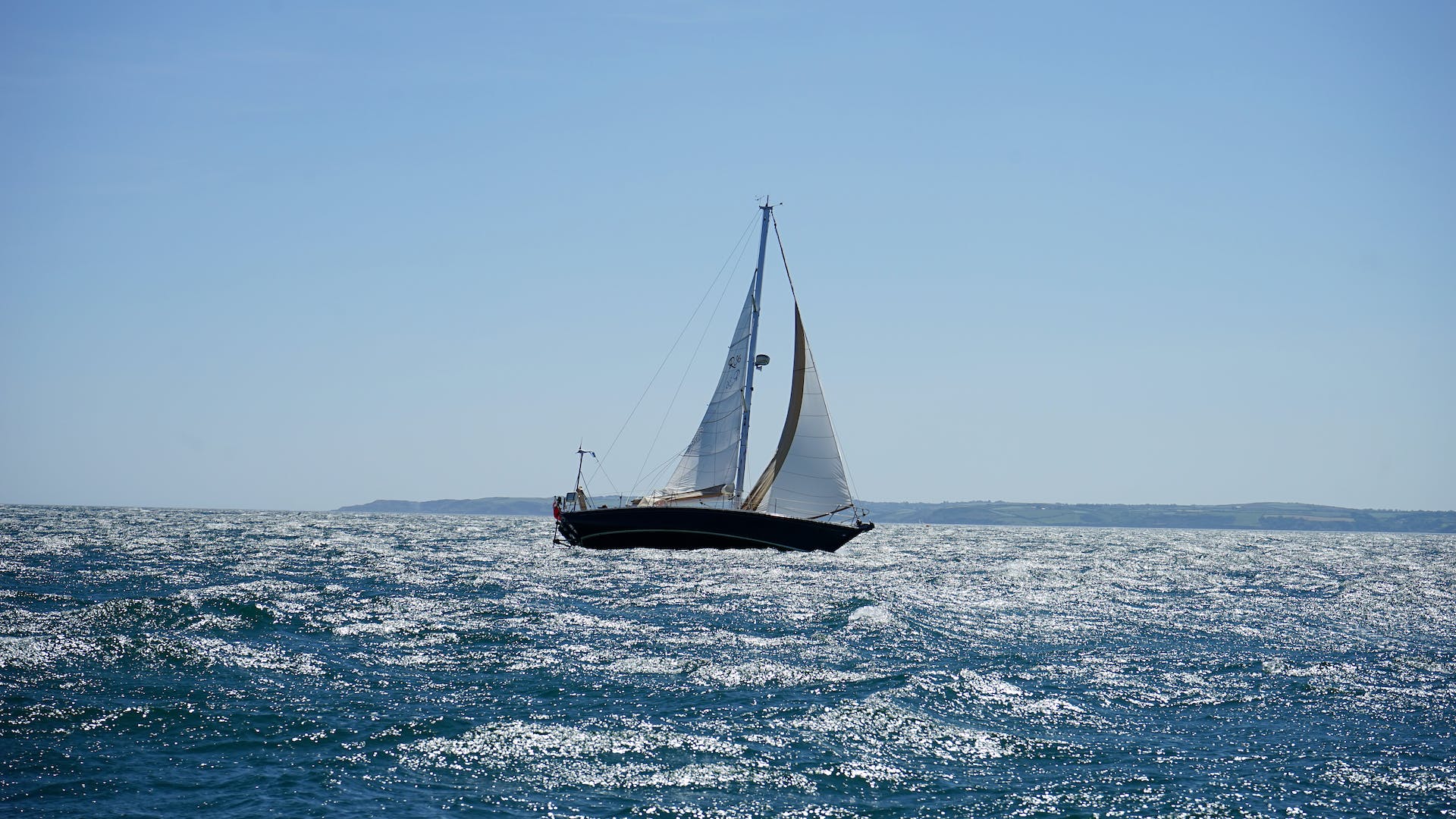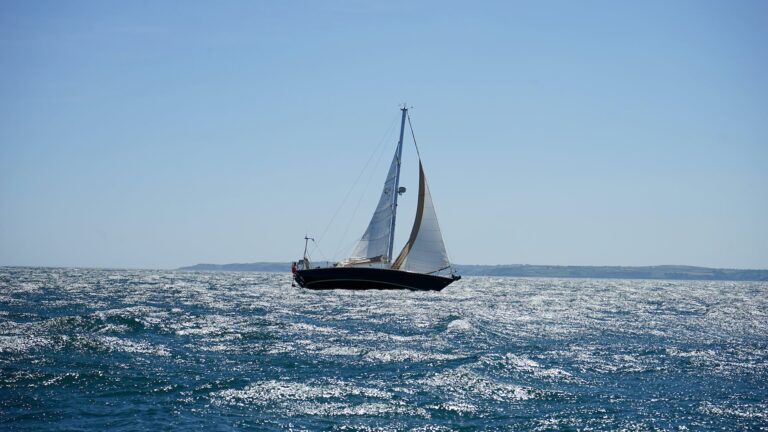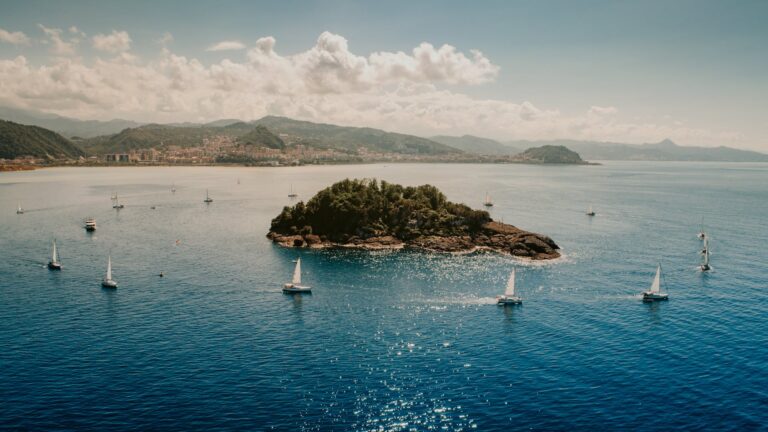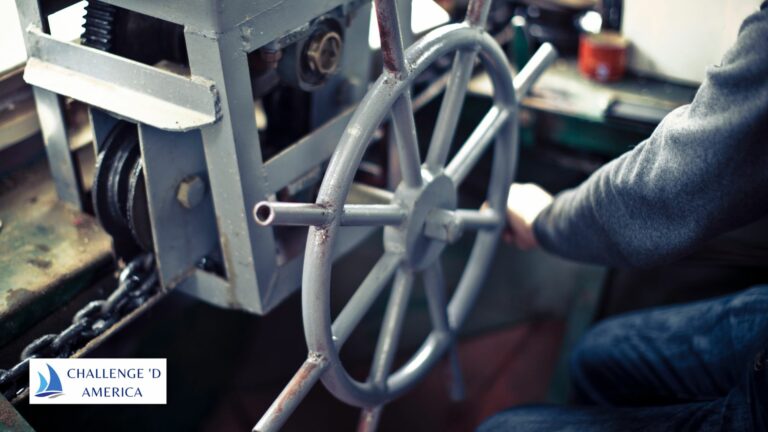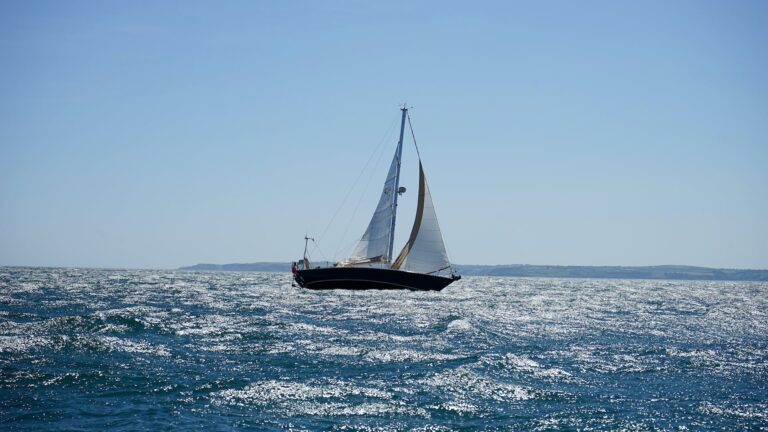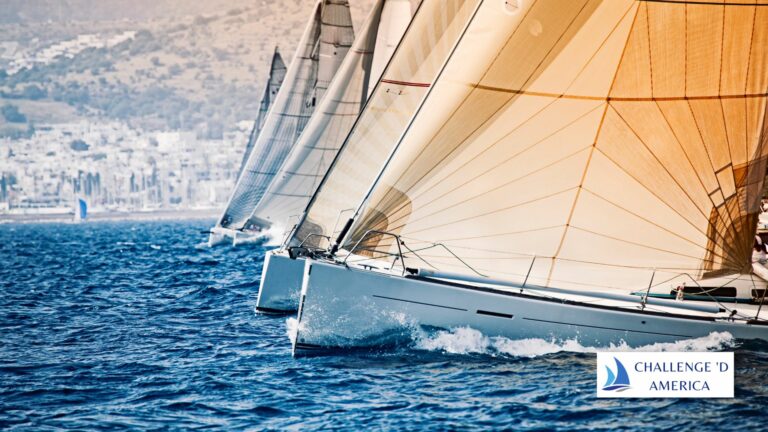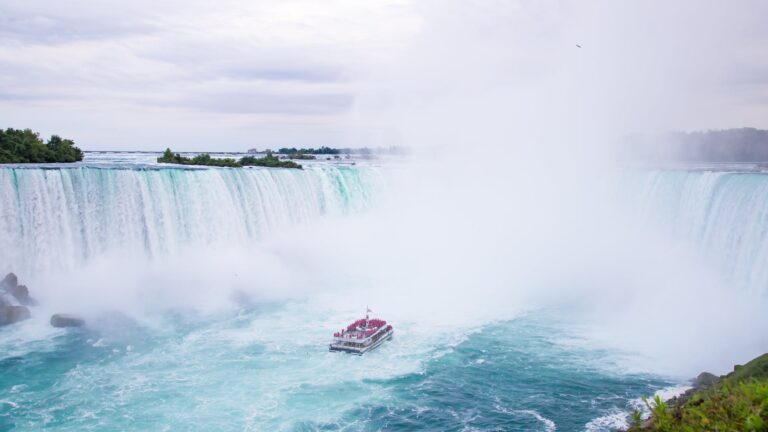Which Wind Direction Is Strongest?
Introduction
When it comes to sailing, one of the most important elements is the wind direction, as this determines how much power the sail can generate, and how fast the boat will move through the water.
Understanding how different factors influence wind direction is essential for any sailor looking to maximize their performance on the open water. In this article we will discuss which wind direction is generally strongest, factors that affect it, and how these factors play out in practice when sailing a boat with a sail.
Definition Of Wind Direction
Wind direction is simply the compass heading from which the wind is blowing from at any given time or location, usually measured in degrees from true north in a clockwise fashion (i.e., 0° for true north, 90° for east, 180° for south, and 270° for west).
It can also be referred to as its “bearing” or “true bearing” when measured from true north as opposed to magnetic north or other arbitrary points of reference such as landmarks or other objects on land or sea.
Overview of Jet Stream
The jet stream is an air current that blows predominantly from west to east across Earth’s surface at speeds of up to 200 knots (232 mph).
It appears as a narrow band on weather maps and can be observed by looking at high altitude clouds called cirrus clouds that form along its path due to the turbulence created by its speed and strength combined with uplifting air masses due to its pressure systems, these are known as “jet streaks” in meteorological terms.
The jet stream forms along boundaries between cold polar air masses and warm tropical air masses at high altitudes, typically between 10-12km (6-7 miles) above sea level where temperature gradients are at their most extreme due to differential heating between land and sea surfaces below them, this is also referred to as the “polar front” or “tropopause” depending on which hemisphere it is located over (north pole vs south pole).
Factors That Affect Wind Direction
There are several factors that can affect wind direction, including geographic location (closer proximity to oceans vs landmasses), pressure systems (highs vs lows), temperature gradients (warmer air rising over cooler air), atmospheric conditions (temperature, humidity, etc.), and even seasonal changes due to changes in solar radiation patterns over time throughout the year (known as sunshine hours).
All these factors can influence a given area’s prevailing winds and therefore play an important role in determining a sailor’s best course of action when setting sail on any given day or journey across open waters, understanding these variables can make all the difference between successful sailing trips and ones plagued with difficulties due to unpredictable winds or unfavorable weather conditions.
Jet Stream and Wind Direction
The jet stream is closely associated with both polar front boundaries found near the poles and tropopause boundaries found between tropical regions closer towards equatorial regions, it typically forms where these boundaries meet at around 35-60° latitude from either pole depending on seasonality, atmospheric conditions, etc.,
Where temperature gradients are more extreme than elsewhere due to differential heating between landmasses below them versus large bodies of water such as oceans or seas nearby them, this intensifies pressure systems thus producing stronger winds than would be expected outside this region closer towards either pole away from these warmer regions nearer towards equatorial area where temperatures are more even throughout all year around regardless seasonality due mainly constant sunshine hours available there year round compared elsewhere world over subject seasonal variations based upon latitude they located at respectively .
This means that when sailing within range of these latitudes greater than 35-60° either side poles respectively one should expect strongest winds encountered anywhere world over regardless what season currently located within provided atmospheric conditions remain favorable supporting increased pressure system formation thus leading increased intensity strong winds associated such pressure systems without fail resultantly ultimately causing increased overall speed boat able reach therein under such conditions prevailing same time too assuming other necessary requirements also met course enabling same happen too as well such appropriate sized/shaped sail/sails fitted boat concerned allowing gaining advantage derived therefrom provided all else held equal course allowing same happen with greatest possible efficiency thereon too thereby enabling sailing best possible speeds possible under prevailing circumstances time accordingly accordingly .
Sailing and Wind Direction
Sailing takes advantage of different types of sails designed specifically for different kinds of wind directions, some sails like spinnakers are designed for downwind sailing while other sails like genoas are designed for upwind sailing but each has their own unique advantages depending upon individual circumstances sailor currently faced with each present occasion respectively accordingly .
To maximize a sailboat’s performance in any given situation requires understanding both how different types of sails work best under certain wind directions but also having knowledge necessary adjust such sails appropriately changing winds occur mid journey/trip thereby maintaining optimal performance levels attainable boat concerned time specifically .
Such adjustment techniques involve various combinations trimming/reefing mainsail/jib/spinnaker based upon current prevailing winds encountered time order ensure optimal performance levels maintained throughout course journey accordingly .
Conclusion
In conclusion it is clear that understanding which wind direction is generally strongest along with factors affecting it can help sailors make informed decisions about their course settings when out on open waters, knowing how jet streams form along boundaries between polar fronts near poles versus tropopause boundaries near equatorial areas helps sailors pinpoint locations where they will likely encounter stronger than normal winds while being aware of techniques used adjust sails appropriately changing winds experienced during journey allow sailors make necessary adjustments maintain optimal performance levels consistently throughout respective voyage thereby maximizing chances success sailed trip overall too ultimately speaking therein .

